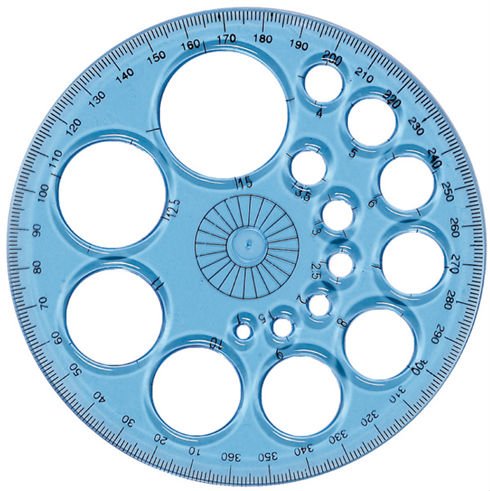On August 19, 2011, I had the opportunity to sit down with Juhan Sonin, Creative Director at Involution Studios (http://www.goinvo.com/), to discuss the state of design within organizations and what designers could do to have more influence. The following is an overview of that conversation.
Sonin and I began our discussion by postulating why more companies have not been successful in their pursuit of creating better products. His view is that just like any other discipline, there is a range of talent, skill, and knowledge in the field. He explained that “the best managers, designers, and engineers understand the 3-legged stool”, referring to the multi-disciplinary aspects of product development. In his view, the failure to address the business, design, or technology-related aspects of product or service opportunity will only lead to inferior outcomes. He points to the success of Apple as an example of achieving this balance, explaining how Steve Jobs and Jonathan Ive are each “design, engineering, and business-minded”.
 On the topic of designers having more impact within organizations, Sonin believes the biggest factor is the ability to communicate design. He says, “Most designers aren’t good enough at pitching their own work”. He states that we as designers are delusional if we believe we can be successful in organizations “without being able to design our own stories”. “Otherwise”, he says, “What are we doing in design”? Sonin goes into greater detail about his definition of design communication, explaining how we must not only be able to explain design but be about to translate it into business and technical terms as well.
On the topic of designers having more impact within organizations, Sonin believes the biggest factor is the ability to communicate design. He says, “Most designers aren’t good enough at pitching their own work”. He states that we as designers are delusional if we believe we can be successful in organizations “without being able to design our own stories”. “Otherwise”, he says, “What are we doing in design”? Sonin goes into greater detail about his definition of design communication, explaining how we must not only be able to explain design but be about to translate it into business and technical terms as well. In response to the notion that design decisions are difficult to defend because of their qualitative or subjective nature, Sonin took the counterpoint. “Most designers don’t how the science of design” he explains. “There is both qualitative and quantitative data.” In his viewpoint, it is no more or less opinionated than the discipline of engineering. So how do we fix this problem of the non-influential designer? Sonin points to design education, pointing out the current gaps and explaining that designers should be challenged to learn more. “Designers should have engineering knowledge. They need to understand how to make things, not just design in a vacuum.”
As a successful designer himself, Juhan Sonin doesn’t see too much of a challenge in creating new products. However, what companies struggle with, he explains, is when you have an entrenched product. “It’s year six. What do you do next? How do you shift? This is where products become obsolete.” He explains the financial and emotional challenge of this endeavor. Sonin points to the struggles of Eastman Kodak as an example. From his perspective, Kodak’s poor leadership, lack of future vision, and weak design communication led to their downfall. “The refused to turn the ship”, explains Sonin.


Thank you for another essential article. Where else could anyone get that kind of information in such a complete way of writing? I have a presentation incoming week, and I am on the lookout for such information.
ReplyDelete